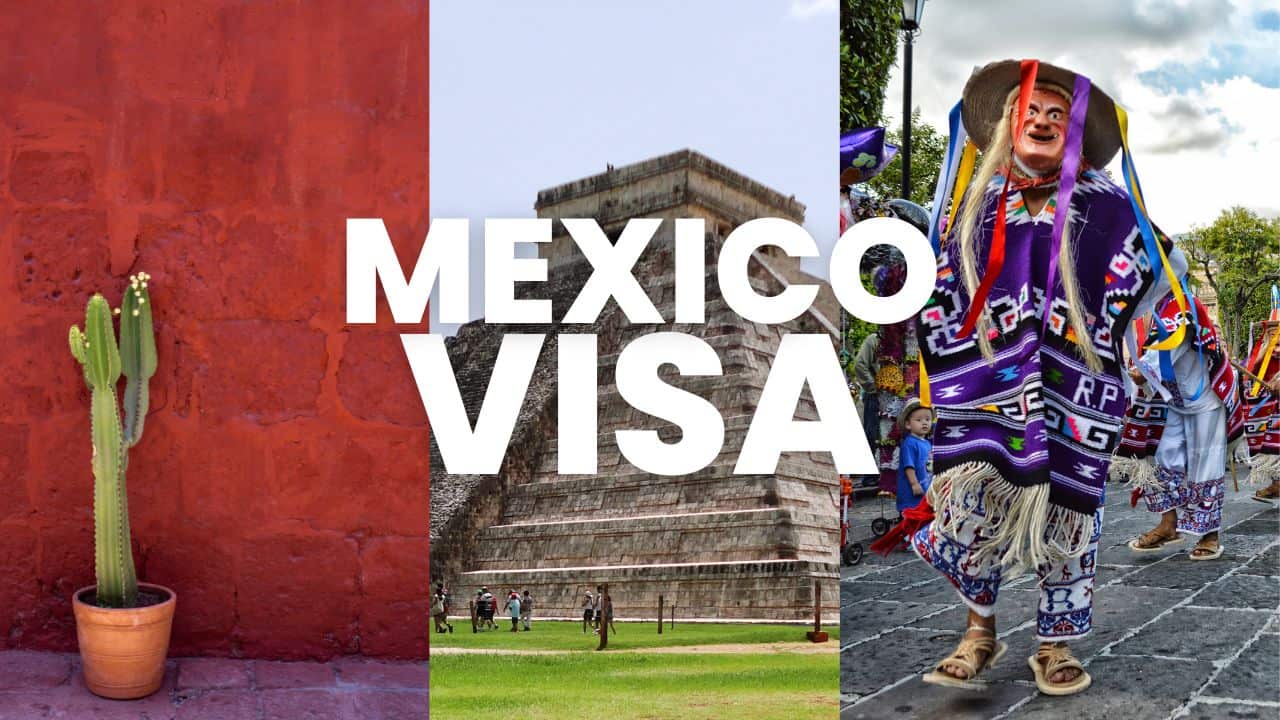Mexico Visa Guide: Tourist, Digital Nomad, Remote Work & More (2023)
As I write this, I’m sitting in a charming café in Oaxaca, sipping on an ice-cold horchata, and watching the world go by.
A better spot to write a guide on Mexico visas, I cannot imagine.
So, my vacationing friends, travelers, digital nomads, or prospective ex-pat, let me share with you the secrets to navigating the visa process when journeying to the land of enchantment that is Mexico.
Here is our complete visa guide to Mexico, including which visa you need for remote work and staying long-term.

Table of Contents
Mexico Visa Guide: Tourist, Digital Nomad, Remote Work & More
1. Visiting Mexico – The Basics
Let’s start with the fundamentals. Many an intrepid traveler has asked, “Do I even need a visa to visit Mexico?”.
The answer is both yes and no, depending on your circumstances.
We’re going to answer that question comprehensively with our handy guide below.
Visa-Free Travel for Tourists

For our American amigos and travelers from many other countries, the answer is a resounding “No!” You do not need a visa for short-term tourism purposes.
The Mexican government grants a 180-day stay upon arrival to citizens of the United States, Canada, the European Union, and many other nations.
All you need is a valid passport, a return ticket, and a sense of adventure!
Forma Migratoria Múltiple (FMM)

Now, don’t confuse “visa-free” with “form-free.” Upon entry, you’ll be asked to fill out a Forma Migratoria Múltiple (FMM) – essentially a tourist card.
This will be your constant companion for the duration of your stay.
You’ll need to present it when leaving Mexico, so guard it jealously like a love letter from Frida Kahlo herself.
For more information on the FMM card, refer to this useful guide on how to obtain an FMM card for Mexico.
Issues with 180-day stays
Be warned, however, that 180 days is the maximum stay you can be granted by the Mexican immigration officers on arrival. This doesn’t me they will give you 180 days.
In recent years, we’ve had increasing reports of travelers and digital nomads being given far less than 180 days. It’s at the discretion of the officer, so it can be handy to show them an onward ticket – in which case they’ll likely give you until your departure flight.
If the immigration officer believes you’re here to work rather than play, they might give you far fewer days than you were hoping for (and don’t try to overstay, it won’t be a pleasant detention!).
2. Remote Work and Living in Mexico – The Digital Nomad’s Dream

For those looking to extend their stay beyond a mere vacation, Mexico offers the perfect work-life balance.
As a digital nomad myself, let me tell you how to make Mexico your home away from home.
Temporary Resident Visa – Your Ticket to Paradise
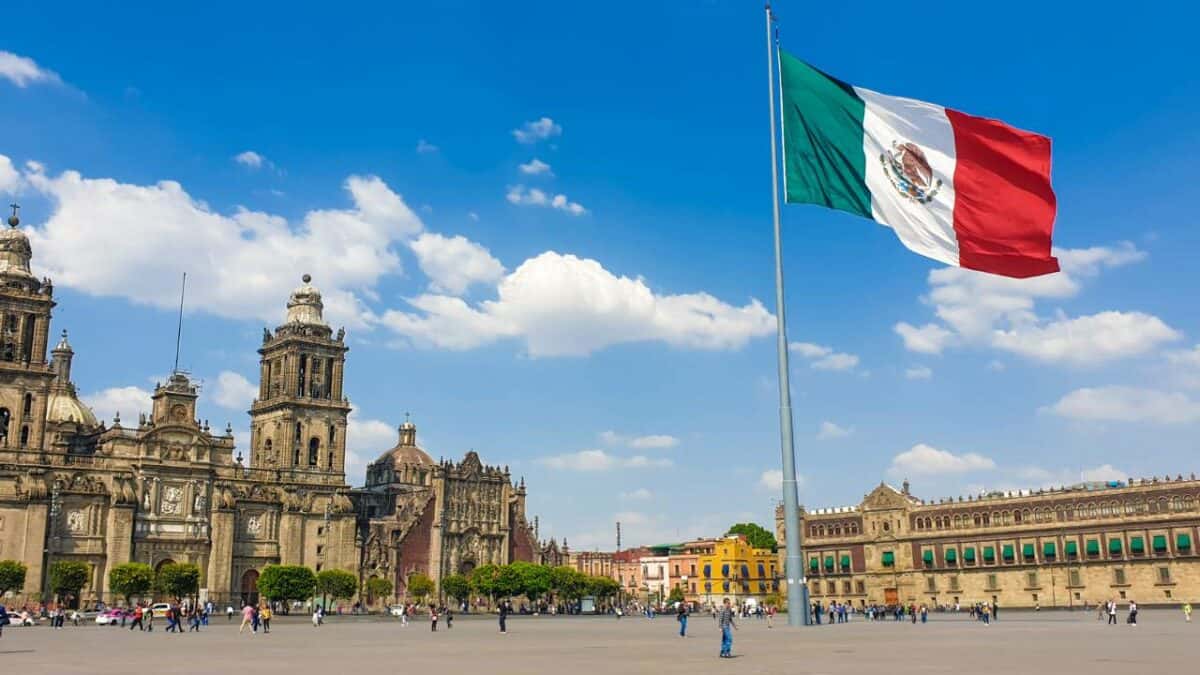
If you plan to work remotely, freelance, or establish a business in Mexico, you’ll need a temporary resident visa.
This visa is valid for up to four years and allows you to work, study, or invest in the country.
To apply, you’ll need to visit a Mexican consulate or embassy in your home country and provide proof of income, bank statements, and other supporting documents.
Once approved, you’ll receive a visa sticker in your passport, which you must then exchange for a resident card within 30 days of your arrival in Mexico.
For the latest information on temporary resident visas in Mexico, make sure to check with expert visa agencies like iVisa.
Working Remotely in Mexico – A Taxing Affair

Working remotely in Mexico may seem like a dream, but be prepared to deal with the complexities of international taxation.
For the most part, and especially if it’s only a shorter trip, this isn’t something you’ll need to worry about. But if you do plan on staying longer, make sure to be aware of the country’s tax regulations for foreigners.
While Mexico has tax treaties with many countries to avoid double taxation, it’s essential to consult a tax professional to ensure you’re compliant with both Mexican and your home country’s tax laws.
As the saying goes, “In this world, nothing can be said to be certain, except death and taxes.”
READ MORE: Best Places in Mexico To Work Remotely
3. Visa Extensions, Renewals, and More
Time flies when you’re having fun, and it’s easy to lose track while basking in the Mexican sun.
What happens when your visa nears expiration, or you need a change?
Extending Your Stay
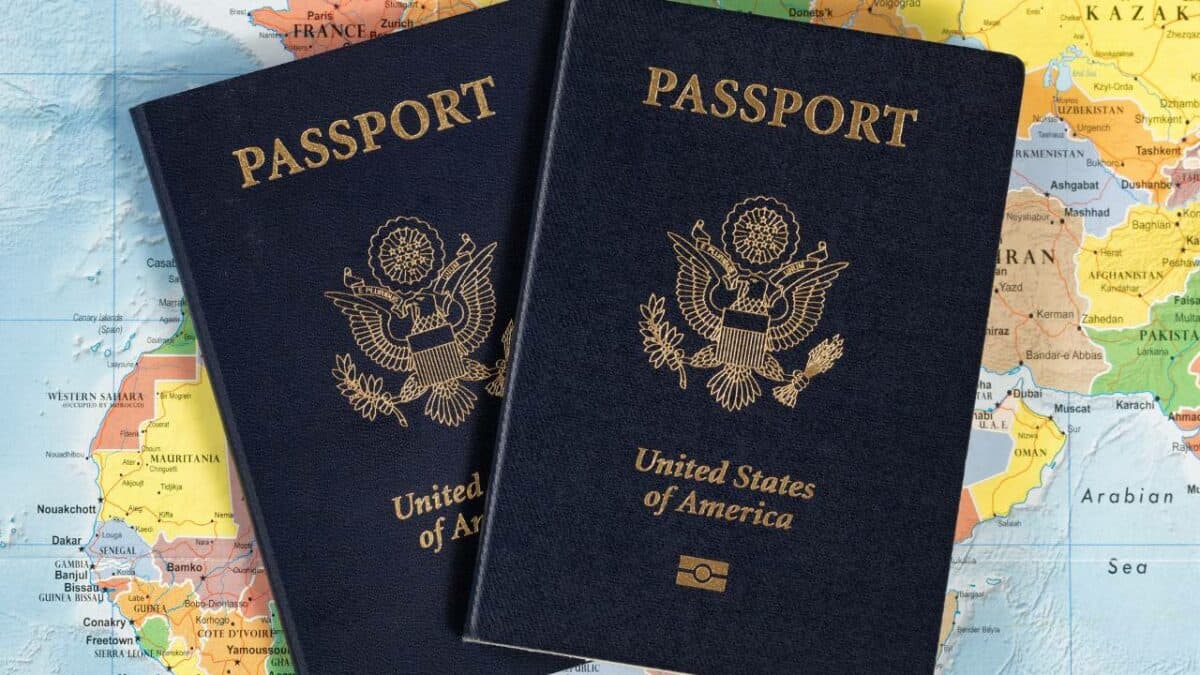
Should your 180-day tourist card expire, you can request an extension at a local immigration office.
It’s important to note that extensions are granted on a case-by-case basis, and there’s no guarantee you’ll receive one.
It’s best to plan ahead and apply for a temporary resident visa if you anticipate a longer stay.
Renewing Your Temporary Resident Visa
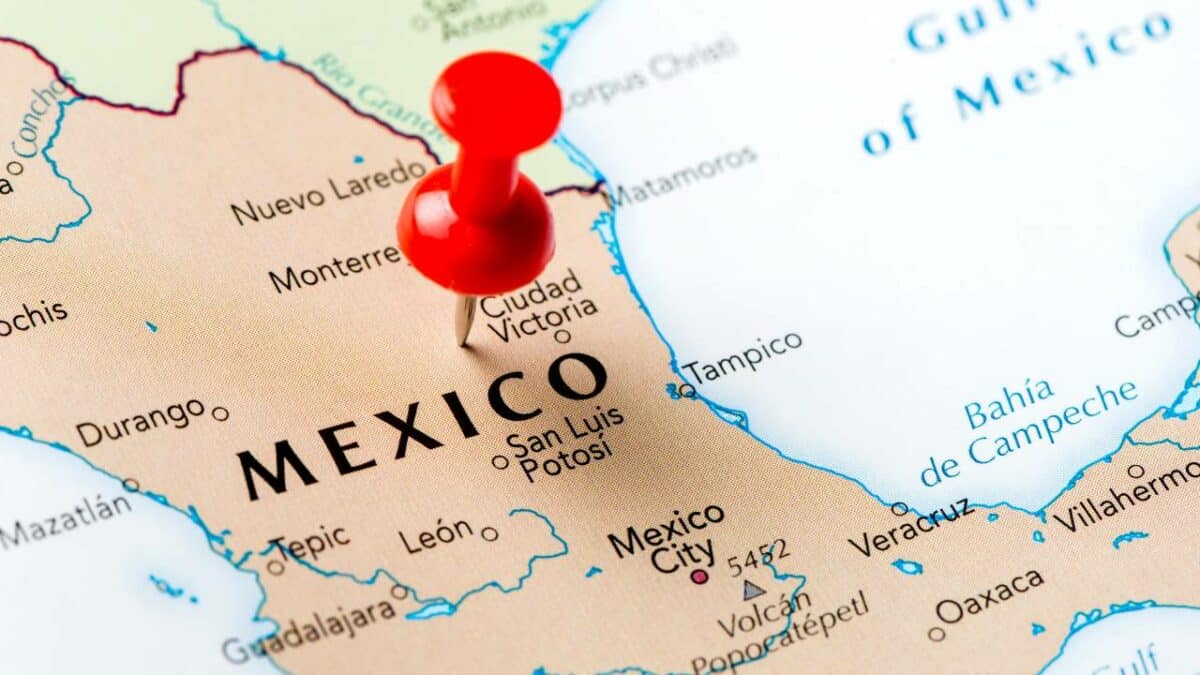
As your temporary resident visa approaches its four-year expiration, you’ll need to decide whether to renew it or transition to a permanent resident visa.
Renewing your temporary visa requires another visit to the local immigration office, where you’ll provide updated documentation and pay the required fees.
Be sure to start the process well before your visa’s expiration date to avoid any hiccups.
Making the Leap to Permanent Residency

After four years on a temporary resident visa, you may be eligible to apply for permanent residency.
This status allows you to stay in Mexico indefinitely, work without restrictions, and enjoy many benefits available to Mexican citizens.
The application process is similar to that of the temporary resident visa but with additional requirements, such as demonstrating a higher income or providing evidence of property ownership.
As always, it’s wise to consult an immigration professional to guide you through the process.
READ MORE: Mexico City CDMX – Why Move To Mexico’s Best City?
What Visa Do You Need for Mexico?
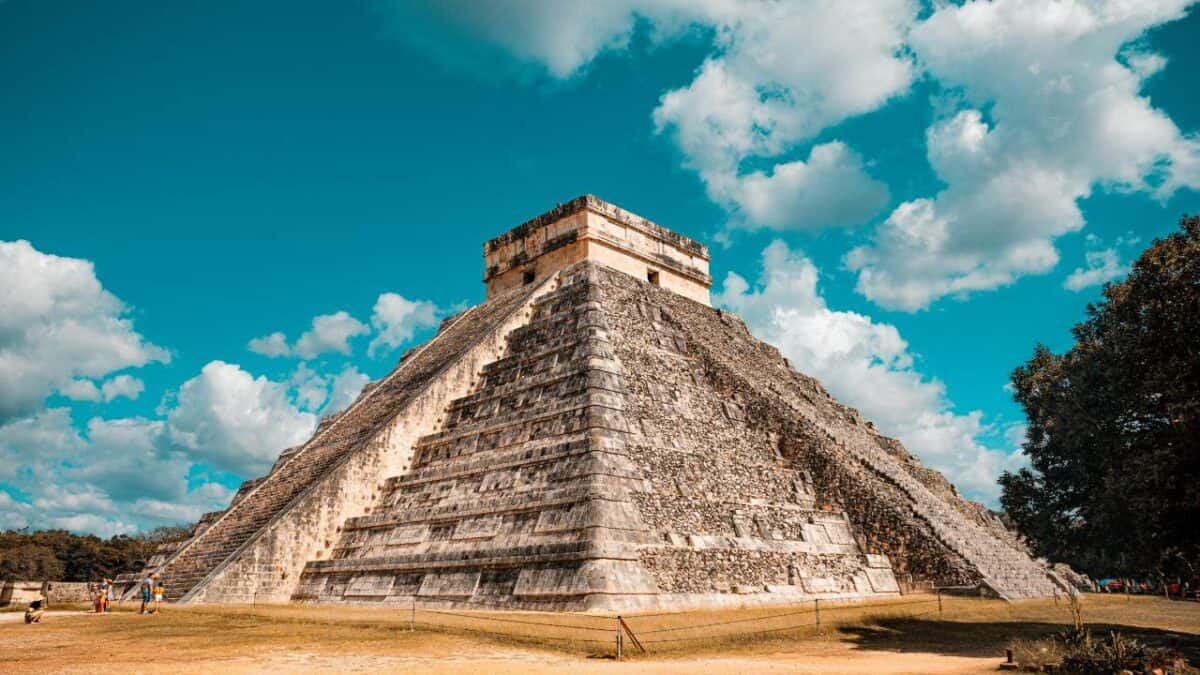
In general, most people visiting Mexico will only need the standard 180-day tourist visa.
However, we hope that the article above has made it clear that there are plenty of other options too – especially if you’re serious about learning Spanish, starting an online business in Mexico, or embracing Mexican life by earning citizenship!
With this guide in hand, you’re now prepared to embark on your Mexican adventure, whether it’s for a quick vacation or a new life as a digital nomad.
And remember, always pack your sense of humor, curiosity, and a willingness to embrace the unexpected. ¡Buena suerte!
READ MORE: 31 Fun Facts About Mexico (That Might Surprise You)
Frequently Asked Questions
Finally, let’s address some common questions and concerns related to visas and living in Mexico.
Working in Mexico on a tourist visa or FMM is illegal, and doing so could result in fines, deportation, or a ban on re-entry. If you plan to work while in Mexico, apply for a temporary or permanent resident visa.
Yes, you can drive in Mexico using a valid driver’s license from your home country, provided it’s accompanied by your passport and FMM or resident card. However, be aware that traffic regulations and driving conditions can vary greatly from those in your home country. Stay safe and informed!
While it’s not essential to speak Spanish to live in Mexico, it will significantly enhance your experience and make daily life more manageable. Many Mexicans, especially in tourist areas, speak English, but learning Spanish will help you connect with locals and truly immerse yourself in the culture.
As with any country, safety in Mexico varies by location. Generally, tourist destinations and ex-pat communities are safe, but it’s essential to stay informed, take precautions, and follow local advice. The U.S. Department of State regularly updates travel advisories for Mexico, which can be a helpful resource.

